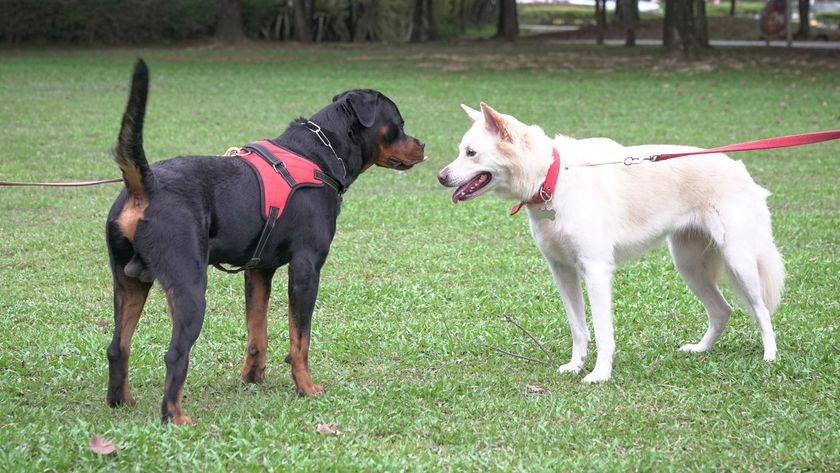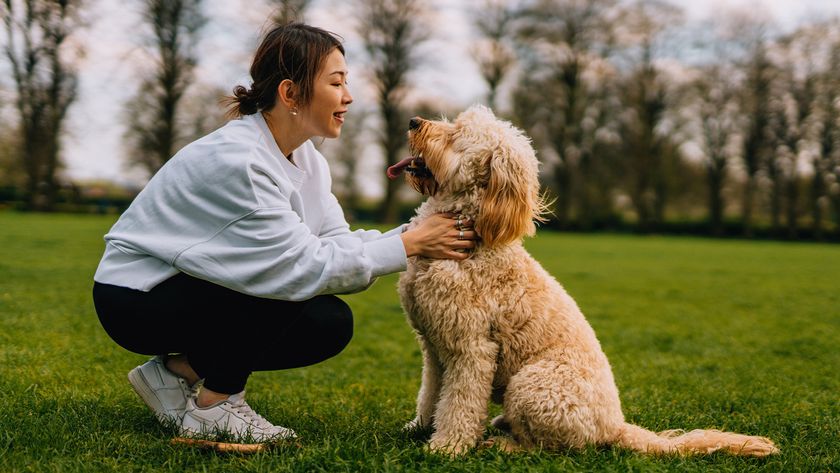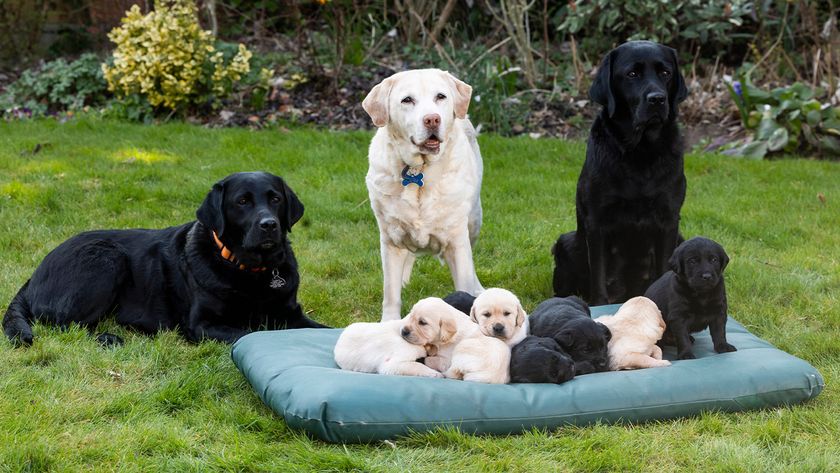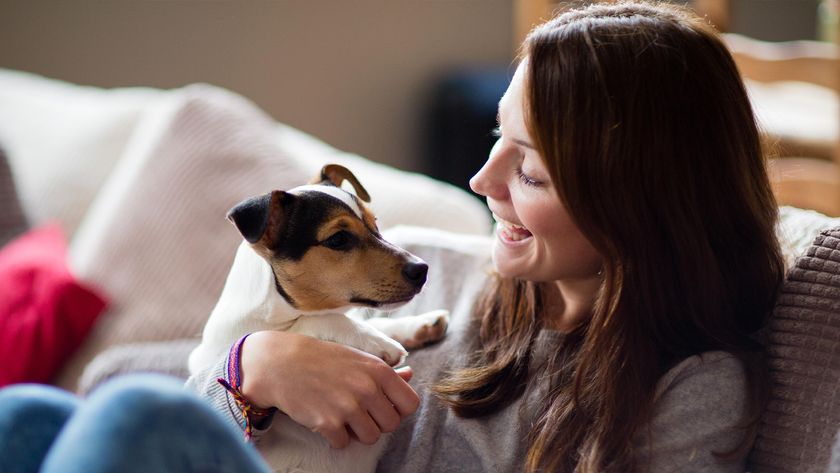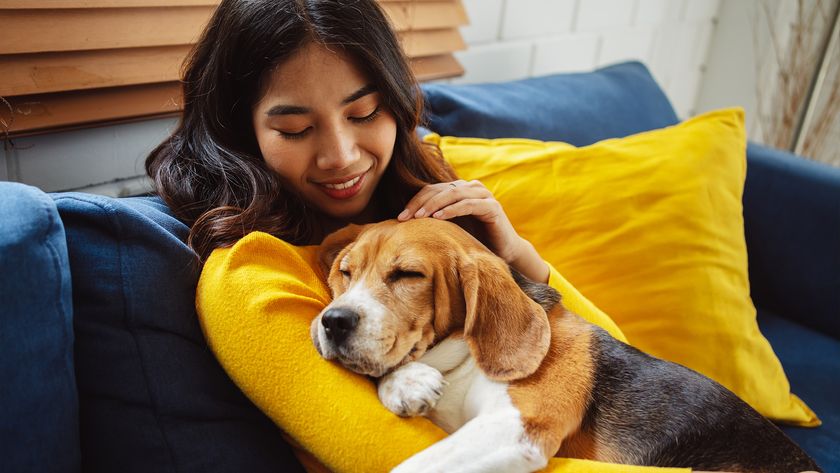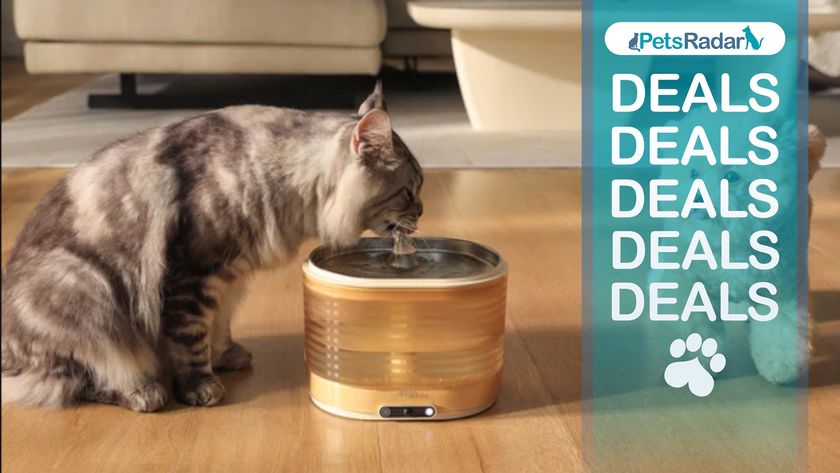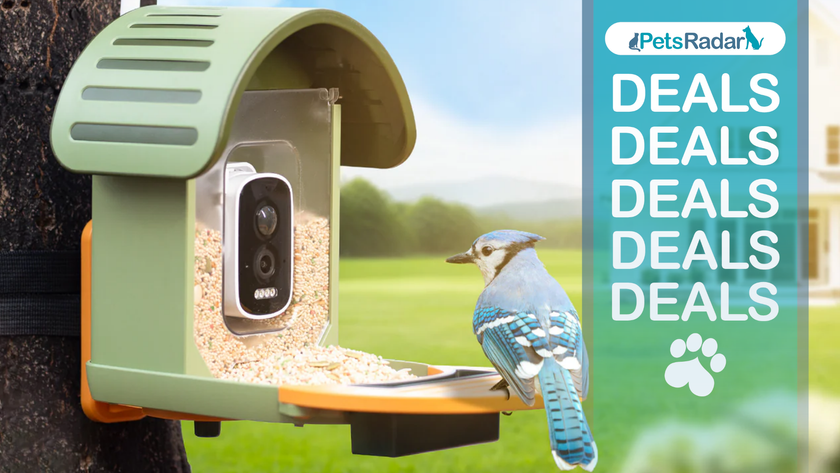Here’s how to reduce your dog's reactivity in the home, according to the experts
Try to manage your pup’s exposure to triggers to make them more comfortable!

Disclaimer
Unless specifically stated, any expert comments quoted in this news piece have been taken directly from the Instagram post cited below.
We often think of dogs as being reactive away from the home – perhaps on walks, at the vet, or at the dog park. But, what if your pup is reactive at home? Perhaps they bark when there’s a knock on the door, or if they hear footsteps or voices?
It can be frustrating for you and the people you live with to have your dog being so reactive, but it’s not much fun for them either!
Dogs don’t enjoy being hyperactive – even if you might imagine they do – as it can leave them stressed and unable to relax, or even enjoy playing with some of the best dog toys.
Fortunately, however, there are ways to help reduce reactivity at home, and Calm Canine Academy have discussed them in a recent Instagram post.
A post shared by Calm Canine Academy (@calmcanineacademy)
A photo posted by on
They suggest an exposure management plan that involves shielding them from triggers they aren’t quite able to handle.
“Environmental arrangements like window film, or sound buffering, can help set up your dog for success,” they explain. You can’t stop people from walking across the road by your house, and you can’t expect people to be silent all the time, but you can make changes inside your home to mitigate external factors.
Likewise, you might decide to keep your dog away from noisy, chaotic parts of the house. If your canine friend barks when the house is hectic, consider keeping them away from the kitchen when everyone’s getting ready for work and school, for example.
PetsRadar Newsletter
Get the best advice, tips and top tech for your beloved Pets
Calm Canine Academy also suggest putting in place a ‘Reaction Protocol’, so that you know what to do when your dog reacts to something. “We use a ‘Thank You’ protocol to soothe and redirect,” they say.
Avoiding triggers is helpful, but in the long term, you may need to try other strategies with your pup too, like counter-conditioning or desensitization.
But what is desensitization for dogs? Well, for example, you may decide to keep treats on hand and reward your dog whenever a trigger appears, be it somebody at the door or just loud noises.
Give your pup the treat while the trigger passes by, or is ongoing. Gradually, your dog should start to make positive associations with the trigger, and eventually they might look at you for a treat as soon as the trigger appears. As well as treats, you can use toys and praise, too.
Remember, reactive dogs are just uncomfortable with the situation and the reason why can vary – here are three causes for reactivity in dogs.

Adam is a freelance journalist specialising in pets, music and culture, and mental health and wellbeing. He investigates and writes the large majority of news on PetsRadar, and collaborates with veterinary experts to produce informative pet care content.
Adam has a journalism degree from Southampton Solent University and a masters degree in Magazine Journalism from Cardiff University. He was previously senior editor at dog advice website DogTime.com, and has also written for The Independent, GoodToKnow and Healthline.
He owns two rescue cats, Bunny and Dougie, and has also previously had a rabbit, fish and Roborovski dwarf hamsters.
